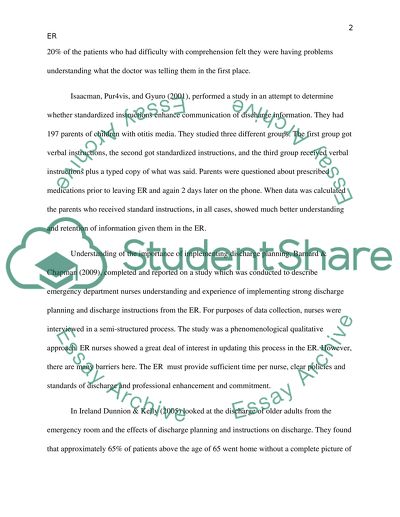Literature review on patient discharge instructions Research Paper. Retrieved from https://studentshare.org/nursing/1525777-literature-review-on-patient-discharge-instructions
Literature Review on Patient Discharge Instructions Research Paper. https://studentshare.org/nursing/1525777-literature-review-on-patient-discharge-instructions.


